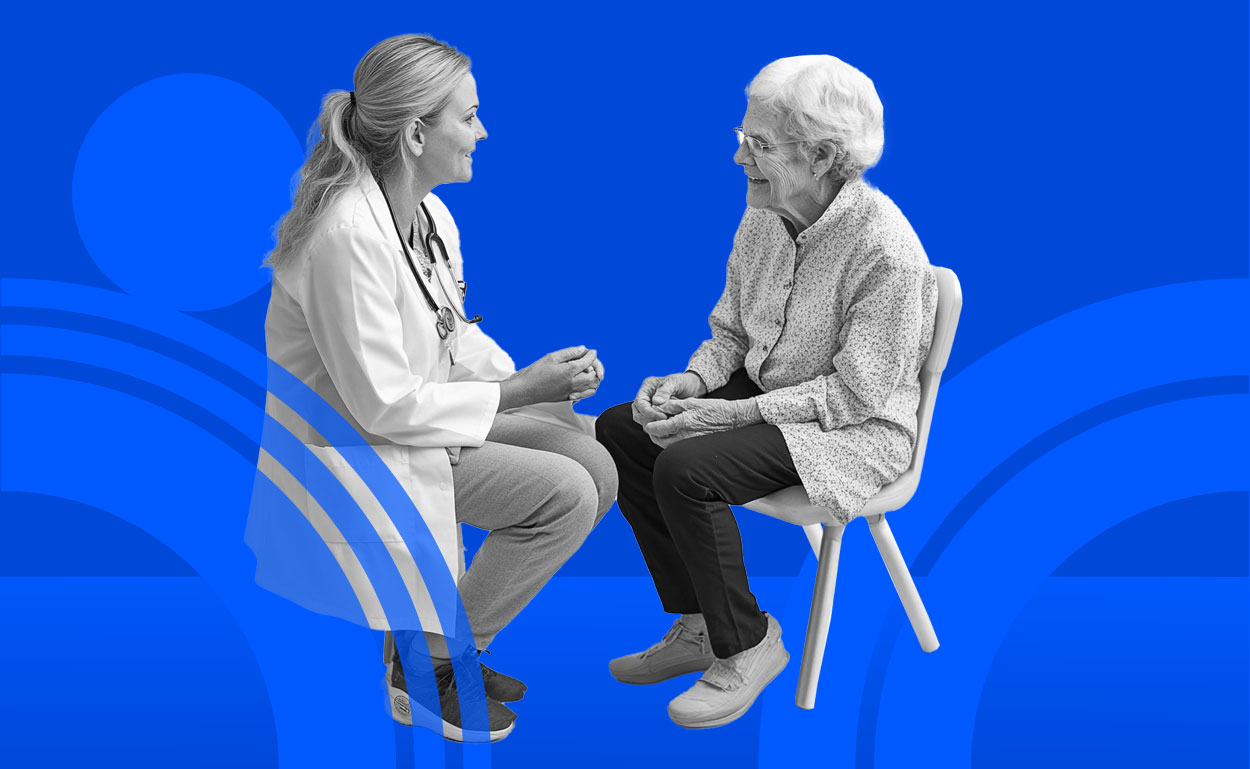Nurse practitioners (NPs) play a vital role in patient care, often serving as the primary healthcare provider in hospitals, clinics, and private practices. However, with increased responsibility comes increased legal risk. Malpractice lawsuits against NPs have risen sharply in recent years, and without the right risk management strategies, even the most experienced practitioners can find themselves facing devastating legal and financial consequences.
Understanding the most common malpractice claims against NPs is the first step in mitigating risk and protecting your career. By recognizing these vulnerabilities, NPs can take proactive steps to improve patient safety, strengthen documentation, and ensure they have adequate professional liability coverage.
The Top Malpractice Claims Against Nurse Practitioners
One of the most common reasons NPs face malpractice lawsuits is diagnostic errors—either failing to diagnose a condition accurately or delaying a diagnosis. A misdiagnosis can result in severe harm to the patient, leading to legal action. This is especially common in primary care, emergency medicine, and specialty fields like oncology and cardiology.
Another major malpractice risk is medication errors. NPs frequently prescribe and manage medications, but errors such as incorrect dosages, drug interactions, or failing to monitor for side effects can lead to severe complications for patients. Given the increasing autonomy of NPs in prescribing practices, this risk is growing, particularly for psychiatric NPs and those working in pain management.
Documentation issues are another leading cause of malpractice claims. Incomplete, unclear, or delayed charting can weaken a provider’s legal defense in the event of a lawsuit. Even if an NP provided appropriate care, poor documentation can make it difficult to prove that proper procedures were followed.
Additionally, NPs working in telehealth and senior care settings face unique liability risks. Telehealth visits can lead to miscommunication or missed diagnoses, while NPs treating elderly patients must carefully manage fall prevention and consent issues.
GET THE SUMMIT
Sign up for news and stuff all about the stuff you wanna know about in your sector twice a month.





